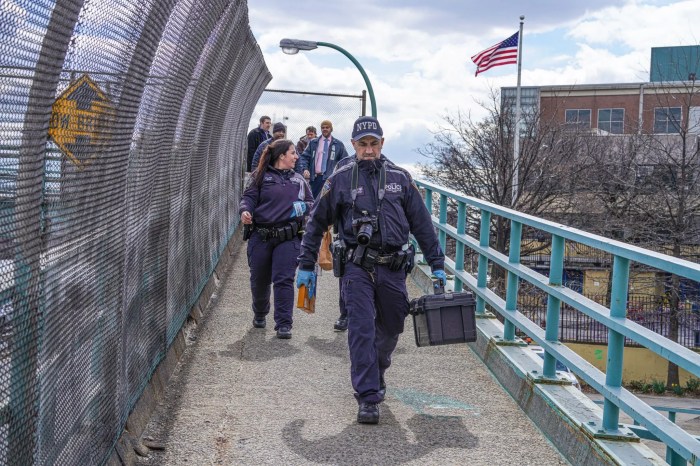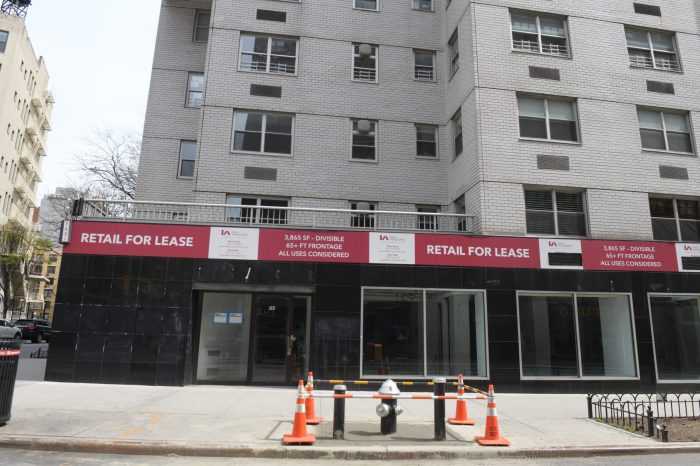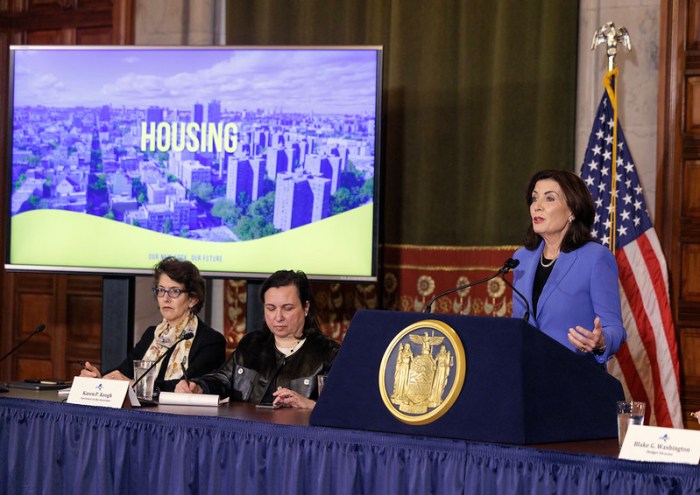
The East Village blast devastated the community, killing two men, injuring 13 others and leveling three buildings.
The neighborhood unified behind the recovery, however, raising over $50,000 last year to reopen B&H Dairy, which had been closed for five months because the collapse had left the business without gas, while local businesses began a renewed push to support one another through membership in the East Village Independent Merchant Association (EVIMA).
“There definitely was a really powerful and moving response on the part of the community,” said Andrew Berman, the executive director of the Greenwich Village Society for Historical Preservation.
B&H owner Fawzy Abdelwahed deeply appreciated the grassroots support that sustained a neighborhood institution since the 1930s. “All our customers supported and helped us reopen,” he said.
“Things are getting back to normal,” he added.
But several buildings in the area are still without gas, according to Abdelwahed.
Lindsey Piscitell, the director of programming at EVIMA, and a 12-year resident of the East Village, said that the building collapse also made local residents more cautious of their landlords.
“I live in a building that is also owned by Maria Hrynenko (the building owner charged on Thursday) and my neighbors and I have been much more communicative in terms of … sharing information,” Piscitell said, “ People have become more diligent because they’ve seen what happened if they do not,” she added.
After the blast many of small businesses joined The East Village Independent Merchants Association, which promotes over 60 small and independent businesses in the East Village.
“Once (the blast) happened, the merchants felt even further the vulnerability over their tenancy here,” said Carol Crump of the East Village Community Coalition. “(EVIMA) is trying as hard as they can to protect them and proliferate those types of shops.”
While there are no plans to develop the vacant lot where the collapse occurred, the community will have a say in what will go there, as the site is a historic landmark.
“Some people wish it were a park or a community garden; I would like to see it become an art project,” said Jimmy Carbone, East Village resident and owner of local staple Jimmy’s No. 43. “There’s a big gaping hole here and it’s been hard on the community.”

















